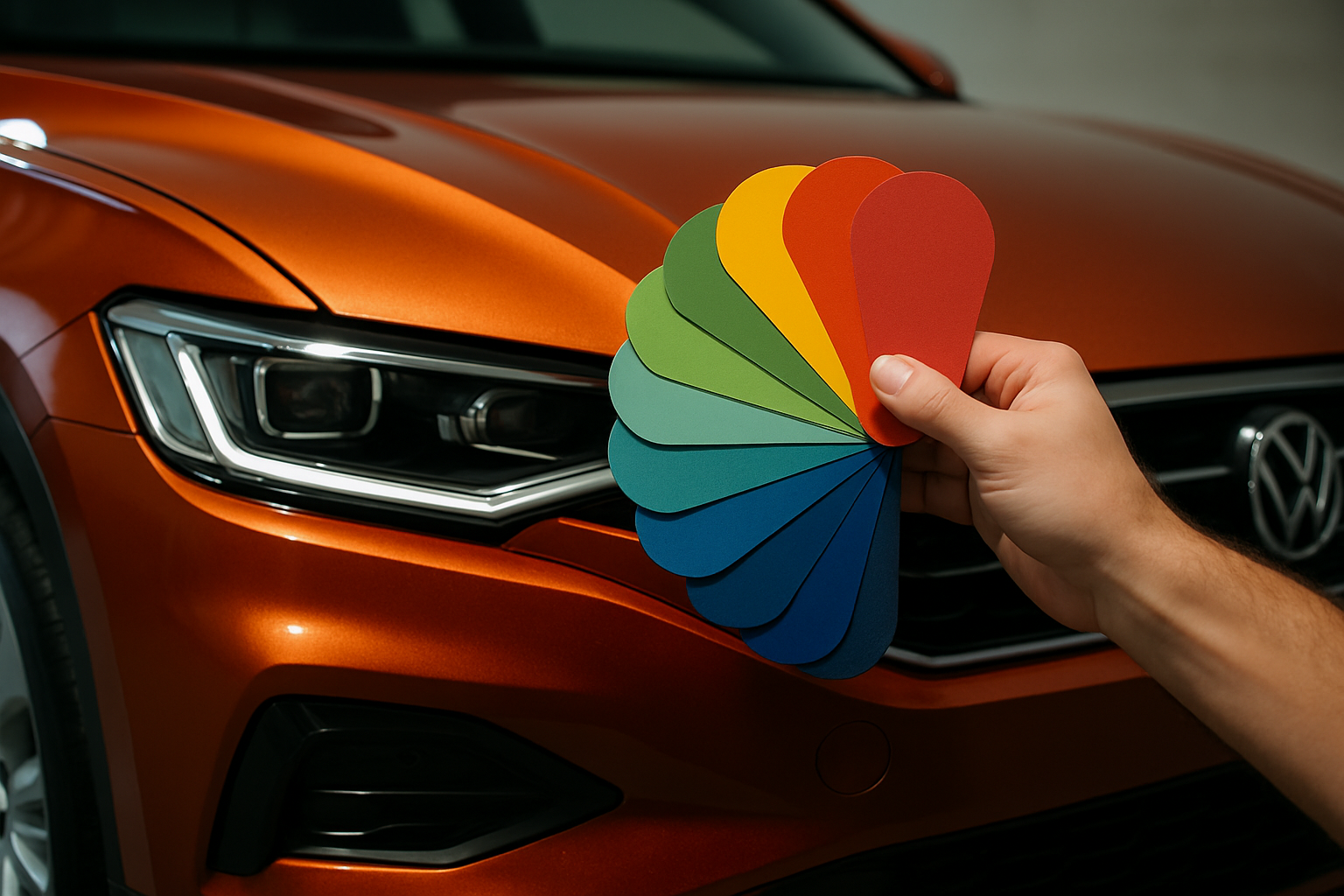The Hidden Art of Automotive Color Design
Imagine stepping into a world where every hue tells a story, where the subtle interplay of pigments can evoke emotions and shape perceptions. This isn't a painter's studio – it's the cutting-edge realm of automotive color design. Far beyond mere aesthetics, the science and artistry behind vehicle coloration play a crucial role in shaping consumer preferences, brand identity, and even safety on the roads. Join us as we delve into this fascinating, often overlooked aspect of automotive engineering and design.

Technological Advancements in Automotive Paint
The world of automotive paint has come a long way from the days of Henry Ford’s famous quote about any color as long as it’s black. Modern paint technologies have revolutionized the industry, offering unprecedented durability, visual effects, and even functional benefits. Chromatic pigments that shift color depending on viewing angle have become increasingly popular, creating eye-catching effects that were once the stuff of science fiction. Self-healing paints that can repair minor scratches and swirl marks are now a reality, reducing maintenance costs for vehicle owners. Additionally, advancements in nano-coatings have led to the development of paints that can repel water, resist UV damage, and even purify surrounding air, showcasing how color design intersects with cutting-edge materials science.
Environmental Considerations in Automotive Coloration
As sustainability becomes an increasingly important factor in automotive design, color specialists are rising to the challenge. Water-based paints and powder coating techniques are gaining traction as environmentally friendly alternatives to traditional solvent-based paints. These methods not only reduce volatile organic compound (VOC) emissions but also offer improved durability and finish quality. Some manufacturers are experimenting with bio-based pigments derived from plants and algae, potentially reducing the carbon footprint of the painting process. The push for sustainability has also led to innovations in paint removal and recycling techniques, allowing for more efficient refurbishing of used vehicles and reducing waste in the automotive lifecycle.
The Role of Color in Automotive Safety
While often overlooked, the color of a vehicle can have significant implications for road safety. Studies have shown that certain colors are more visible in various lighting conditions and weather scenarios. For instance, white and yellow vehicles are generally more visible during daytime, while darker colors like black and navy blue can be harder to spot, especially in low-light conditions. This has led some safety experts to advocate for the use of high-visibility colors in fleet vehicles and emergency services. Additionally, color psychology plays a role in driver behavior; research suggests that red cars may be perceived as more aggressive, potentially influencing how other drivers interact with them on the road. As autonomous vehicle technology advances, the role of color in vehicle-to-vehicle and vehicle-to-infrastructure communication is becoming an increasingly important area of study.
The Future of Automotive Color Design
As we look to the future, the field of automotive color design is poised for exciting developments. Active color-changing technologies, currently in experimental stages, could allow drivers to change their vehicle’s color at the push of a button. This not only offers unprecedented personalization but could also have practical applications in fleet management and car-sharing services. The integration of light-emitting materials into vehicle exteriors could revolutionize nighttime visibility and enable new forms of vehicle-to-vehicle communication. Moreover, as augmented reality (AR) technology becomes more prevalent, we may see a shift towards digital color customization, where the perceived color of a vehicle can be altered through AR displays, offering infinite possibilities for personalization without the need for physical repainting.
Conclusion
The world of automotive color design is a vibrant intersection of art, science, and engineering. From influencing consumer psychology to enhancing safety and pushing the boundaries of materials science, the impact of color in the automotive industry extends far beyond mere aesthetics. As technology continues to evolve, we can expect to see even more innovative applications of color in vehicle design, further blurring the lines between form and function. The next time you admire a car’s sleek finish or bold hue, remember that you’re witnessing the result of years of research, creativity, and technological innovation – a true hidden art in the world of automotive design.





